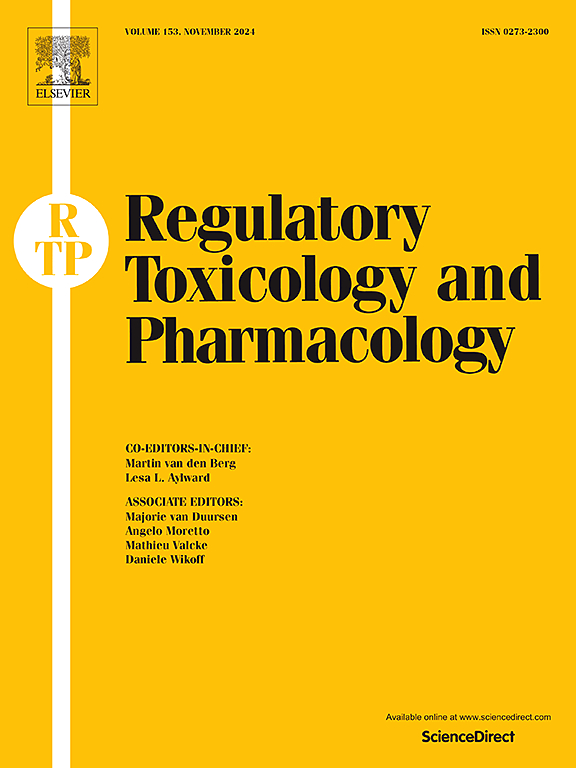Commentary on FDA's shift from animal testing and implications for drug attrition – The time to act is now
IF 3.5
4区 医学
Q1 MEDICINE, LEGAL
引用次数: 0
Abstract
The U.S. FDA's recent policy shift toward accepting non-animal alternatives for investigational new drug (IND) applications marks a pivotal moment in regulatory science. While full replacement of animal testing will take time, the high and rising attrition rates in pharmaceutical R&D demand immediate action. One of the clearest opportunities lies in the prediction of drug-induced liver injury (DILI), a key contributor to late-stage failures. Human-relevant new approach methodologies (NAMs), such as microphysiological systems and in vitro functional assays, offer enhanced mechanistic insight and population-level predictivity. This commentary explores the implications of the FDA's new policy and argues for accelerated adoption of NAMs in targeted domains where human biology-based systems can outperform traditional animal models.
评论FDA从动物试验的转变和对药物损耗的影响-现在是采取行动的时候了。
美国食品和药物管理局最近的政策转变,接受非动物替代品的研究新药(IND)申请,标志着监管科学的关键时刻。虽然完全替代动物试验需要时间,但药物研发的高损耗率要求立即采取行动。最明显的机会之一在于药物性肝损伤(DILI)的预测,这是导致晚期肝衰竭的关键因素。与人类相关的新方法方法(NAMs),如微生理系统和体外功能分析,提供了增强的机制洞察力和群体水平的预测性。这篇评论探讨了FDA新政策的影响,并主张在基于人类生物学的系统可以优于传统动物模型的目标领域加速采用NAMs。
本文章由计算机程序翻译,如有差异,请以英文原文为准。
求助全文
约1分钟内获得全文
求助全文
来源期刊
CiteScore
6.70
自引率
8.80%
发文量
147
审稿时长
58 days
期刊介绍:
Regulatory Toxicology and Pharmacology publishes peer reviewed articles that involve the generation, evaluation, and interpretation of experimental animal and human data that are of direct importance and relevance for regulatory authorities with respect to toxicological and pharmacological regulations in society. All peer-reviewed articles that are published should be devoted to improve the protection of human health and environment. Reviews and discussions are welcomed that address legal and/or regulatory decisions with respect to risk assessment and management of toxicological and pharmacological compounds on a scientific basis. It addresses an international readership of scientists, risk assessors and managers, and other professionals active in the field of human and environmental health.
Types of peer-reviewed articles published:
-Original research articles of relevance for regulatory aspects covering aspects including, but not limited to:
1.Factors influencing human sensitivity
2.Exposure science related to risk assessment
3.Alternative toxicological test methods
4.Frameworks for evaluation and integration of data in regulatory evaluations
5.Harmonization across regulatory agencies
6.Read-across methods and evaluations
-Contemporary Reviews on policy related Research issues
-Letters to the Editor
-Guest Editorials (by Invitation)

 求助内容:
求助内容: 应助结果提醒方式:
应助结果提醒方式:


